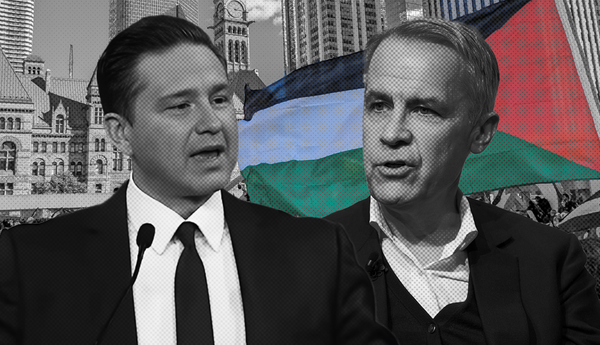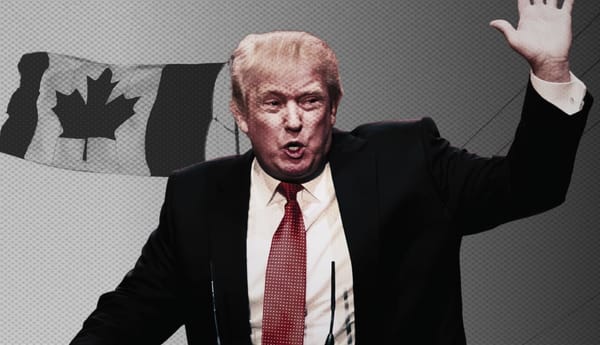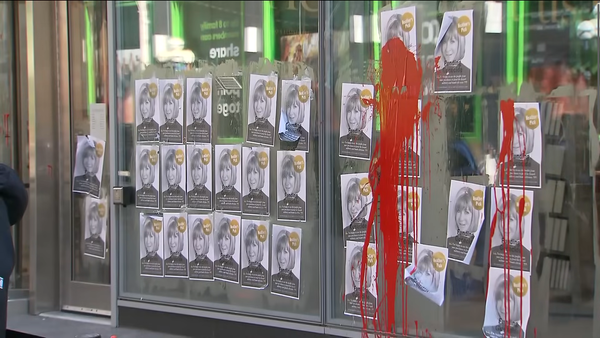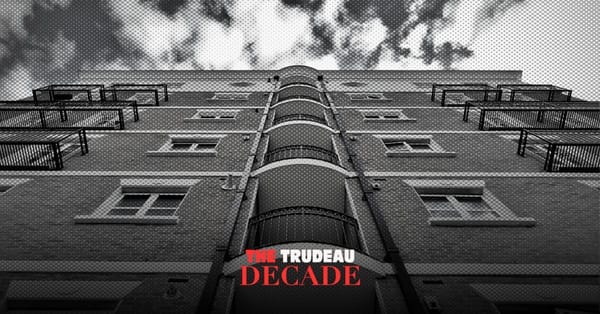Throughout a stretch of this pandemic, it seemed unlikely to many that Ontario Premier Doug Ford would be re-elected in 2022. In February 2021, in the midst of this downward trend, Ford’s government announced Bill 307, a piece of new legislation cynically titled the “Protecting Elections And Defending Democracy Act.”
The bill, which focused on changing election laws, proposed two key changes: doubling the contribution maximum individuals could make to campaigns and putting forth more restrictions on third-party advertisers. At the time, critics argued the move would give wealthy individuals more power, and change how Ontario’s elections work for the worse.
That June, an Ontario Superior Court judge struck down the third-party advertising component of the law, finding that it infringed on the Charter of Rights and Freedoms. In response, Ford’s government invoked the notwithstanding clause for the first time in the province’s history, allowing them to override the Charter for a five-year term.
Attorney General Doug Downey defended the unprecedented move, claiming, “We fundamentally believe the outcome of elections should be determined by individual Ontario voters and not American-style special interest groups and wealthy pop-up organizations.” Opposition parties and activists called bullshit, with unions releasing a joint statement arguing, “Premier Ford proved that he is willing to attack democracy by trampling on Ontarians’ constitutional rights to protect his political future.”
On June 2 of this year, Ford’s Conservatives won the election with a majority, securing more than 40 per cent of votes and 67 per cent of seats. With the election now in the past, we can analyze the impact the changes made through Bill 307 may have had on it. Did these changes protect Ontario voters from American-style special interest groups, or did they tip the scales to protect Ford’s future?
My research, which required me to pull a great deal of data from Elections Ontario, has found the latter case is absolutely what happened: Bill 307 worked to benefit Ford to the detriment of us all.
Analyzing The Data
Ford raised the maximum donation limit for this election from $1,625 to $3,325, and because the limit applies to party donations, riding association donations, and candidate campaigns, it means one person could donate this amount up to three times. My analysis of party donations found that this raise helped pad Ford’s war chest before the election campaign officially started.
I calculated the sum of all donations that exceeded the prior maximum limit, and found that the Conservatives raked in nearly an extra $9 million (from around just 3,000 people), while the Ontario NDP and Liberals collected $1 million and $1.3 million respectively.
There’s a growing wealth gap in Ontario, and Ford has taken advantage of it with this new maximum donation limit, as it puts parties that focus on getting more, smaller donations at a disadvantage. As an example, an October 2021 news release from the NDP noted that the party raised more than $2 million at that point from nearly 70,000 donors, meaning an average of about $29 per donation. Meanwhile, the Conservatives had raised $5 million from about 8,400 donations, with an average donation of about $595.
As such, Bill 307 successfully served as a means for Ford to increase access to Conservative donor wealth rather than doing the work of bringing on new donors and keeping them involved. To add insult to injury, these wealthy donors will see a healthy tax return for their investment in Ford, with the new rules resulting in them getting about $2 million back from tax-payer funded rebates. And, of course, this rule will further incentivize political parties in the future to pursue the wealthiest donors they can find rather than reaching out to many.
But to win an election as a deeply unpopular premier whose austerity politics are under scrutiny due to a health care crisis, focusing on expensive fundraisers isn’t enough: you’ve also got to limit your detractors.
My analysis of Elections Ontario disclosures found just more than $16 million spent by nearly 200 organizations on ads in the year leading up to the election. Around $5.7 million of that total was spent to endorse the NDP. Another $5.4 million was spent on ads critical of Ford and the Conservatives. The remaining amount was mostly spent on non-partisan ads, with just about $130,000 spent supporting the Conservatives.
The last minute invocation of the notwithstanding clause caused chaos in these organizations’ ability to plan, and also forced them to leave money on the table. This is because Bill 307 doubled the period of restricted election spending from six months to a year, but kept the maximum spending limit ($600,000) the same. This meant millions of dollars that would have been used in focused messages in the immediate leadup to the election had to be spread out over a greater period. Plus, any money that would have been spent in the previous six-month unrestricted period now had to be capped as well.
So, it’s clear why Ford (for personal reasons) wanted to target third-party advertisers and limit their influence, and that Bill 307 effectively did so. But did this move actually protect Ontarians from supposed “American style special interest groups”?
Well, to start, the talking points coming from Ford and his party purposely obscured the issue in two major ways.
First, Super PACs in the United States aren’t comparable to third-party advertisers here. While the U.S. has entertained special interest group Super PACs, including from the National Rifle Association and tobacco companies, Ontario’s third-party advertisers were mostly unions, professional associations and non-profits, advertising on issues such as health care, education, labour, the economy, and the environment. Special interest groups are a minority in Ontario third-party advertising, and in this election they spent only about 1 per cent of their advertising limit. Plus, Super PACs generate billions within the U.S., with the top ones raking in hundreds of millions annually, whereas the largest coalition in Ontario’s 2018 election was the Working Families Coalition, a group of unions whose combined income for advertising was just more than $1 million.
Second, Conservative talking points made it seem as though no limits were already in place on third parties. Yet such limits did exist, and Ford only sought to make them more extreme.
So, as a whole, Ontarians weren’t protected from dangerous Super PACs, but rather just not as exposed to messaging from the sort of sectors hurt by Ford.
Looking at the campaign in hindsight is stark. While nurses and educators were having their wages capped, Ford was imposing restrictions on how they could unite against him publicly. While unions and community organizations were scrambling to adjust their election planning after the notwithstanding clause, Conservatives were hosting Zoom fundraisers bringing in tens of thousands of dollars linked to developers. And while Conservatives were hiding from the public and the media, Ford was allowing them to collect millions more dollars to spend on sharing a carefully controlled narrative with voters.
The third-party advertising case has made its way to the Ontario Court of Appeal, with interventions from Canadian Civil Liberties Association and Democracy Watch. We can expect a decision within a few months. For now, we can conclude that Bill 307 failed to protect our democracy as Ford claimed it was intended to do, instead giving Ontario’s wealthiest more access and power in elections. In fact, Bill 307 helped allow Ford and the Conservatives to achieve victory while avoiding genuinely important democratic means of accountability.






